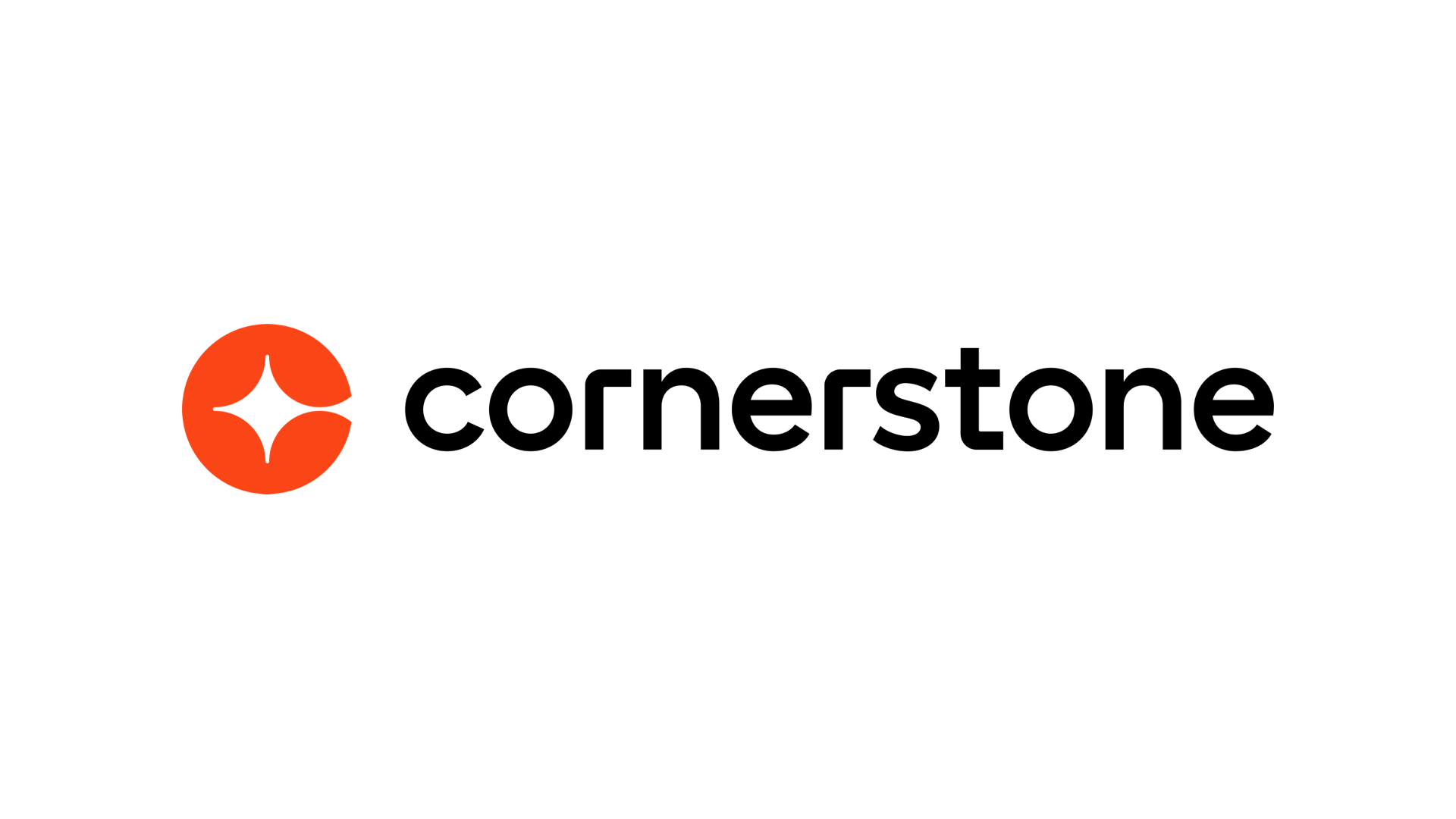ビデオ
Preparing for a future skilled workforce
Thriving in the global skills shortage

The skills shortage has been a hot topic for decades. And still is today. Employees and employers are divided when it comes to their perceptions of their organizations' abilities to support skills development effectively. There’s a clear skills confidence gap.
And because organizations rely on Cornerstone as a trusted partner throughout their skills journey, Mike Bollinger, VP strategic initiatives at Cornerstone, and Vincent Belliveau, chief international officer at Cornerstone, sat down with Nigel Paine from Learning Now TV to talk about how the organizations thriving now plant heavy emphasis on developing the skills of their people.

The importance of the Global Skills research report
Organizations worldwide acknowledge the need to upskill and reskill employees. As the world of work grows, organizations know they need their people to learn new skills in order to keep up with these changes. The Global Skills research report is a key tool any organization needs for adapting to change faster. According to Vincent, “The Global Skills [research] report aims to provide executives with a data-driven approach to the problem of employee skills, as well as highlighting key takeaways that are actionable for organizations today.”
Ensuring your organization is a high-performing organization
When you read into the Global Skills research report, you’ll notice a focus on how employees and employers felt about their organization’s investment in the development of people’s skills. Organizations of every size saw a slight increase in their skills confidence gap from 30% to 31%.
The organizations with the smallest skills confidence gaps also were more likely to be high-performing organizations (measured on 16 different criteria). Mike explained, “Interestingly, those organizations classed as ‘high-performing’ actually had a notably smaller skills confidence gap, 11%, compared to ‘laggards.’” Laggards are those organizations showing less success compared to their high-performing counterparts.
Why high-performing organizations invest in developing the skills of their people
Based on Vincent’s experience as an industry thought leader, empowering employees and investing in their skills training are the keys to building a high-performing organization. “It's these action items — putting in place the right infrastructure, the right culture, demonstrating executive involvement around skill development — that really match what I see in the market talking to many organizations.”
The number of new jobs emerging due to advancements in technology is much greater than ever before, as is the need for people to learn new skills quickly. Mike emphasized that the skills and development platforms available to employees in organizations can help them find necessary career development information and start developing their new skills. “72% of companies who outperform their competitors in terms of investing in skills development have already started or will start within their first year, compared to just 15% of the laggards,” said Mike.
"Leading organizations invest in developing the skills of their people because the obsolescence of skills is ever shortened,” Vincent added. “And the duration of life of the skill begins to close faster and faster, as how often jobs change and rotate." He wanted to make sure that you and all organizational decision-makers understood that the sooner your organization makes skills development a priority the better.
Closing your skills confidence gap
As Mike and Vincent make it clear, it’s important for employees and employers to align on talent programs. To learn fast and to become a high-performing organization, you need to put a high priority on learning. Organizational success works best when employees feel that you’re helping them learn and grow.
関連資料
製品やお客様事例、最新の業界のインサイトなどをご紹介しています。
電子書籍
新しい世界に向けた仕事の再構築:2024年のHRトレンド予測
貴社では、昨今の急激なビジネスの変化のスピードにどの程度対応できていますか? 従業員を対象にした調査によると、41%が自分のスキルを伸ばすために必要なものを持っていないと考えており、59%がさらに多くのキャリアガイダンスを求めているという結果が出ています。そこでこれまで以上に重要になるのが、HR担当者が最新のトレンドを把握し、それが従業員や組織にとって何を意味するのかを理解して活用することです。例えばAIはトレンドの1つですが、60%以上の組織では、人財開発プログラムの最適化にAIテクノロジーを活用していません。
ブログ投稿
採用から退職まで、タレントエクスペリエンスプラットフォームは職場をどう活性化するのか
あなたの職場がハイオクエンジンだとしましょう。そして、現在使っているモデルを、市場で最も洗練された高性能なコンポーネントに交換できると想像してみてください。それこそまさに、タレントエクスペリエンスプラットフォーム(TXP)が組織のタレントマネジメントエンジンにもたらすものにほかなりません。
お客様事例
SBCメディカルグループ:急成長の核となる役職者の早期/大量育成に向けスタッフの属性に応じた教育をきめ細かく提供
国内美容クリニックの最大手として、湘南美容クリニックをはじめとする各種クリニックを展開しているSBCメディカルグループ。「2035年に1,200クリニック開院」などの目標を掲げて躍進を続ける同グループで課題となったのが、クリニック数の拡大に不可欠となる看護師などの役職者を早期かつ大量に育成できる研修プラットフォームを整備することでした。同グループはコーナーストーン・ラーニングCSXにより、スタッフの職種や入社年数などの属性に応じて受講する研修をきめ細かく指定可能なオンライン研修プラットフォーム「SBC Passpor(通称:Sぽ〜と)」を構築。全国のクリニックで働く多忙なスタッフが、それぞれの目標に向けて必要な研修を確実に受講できる環境を整えました。